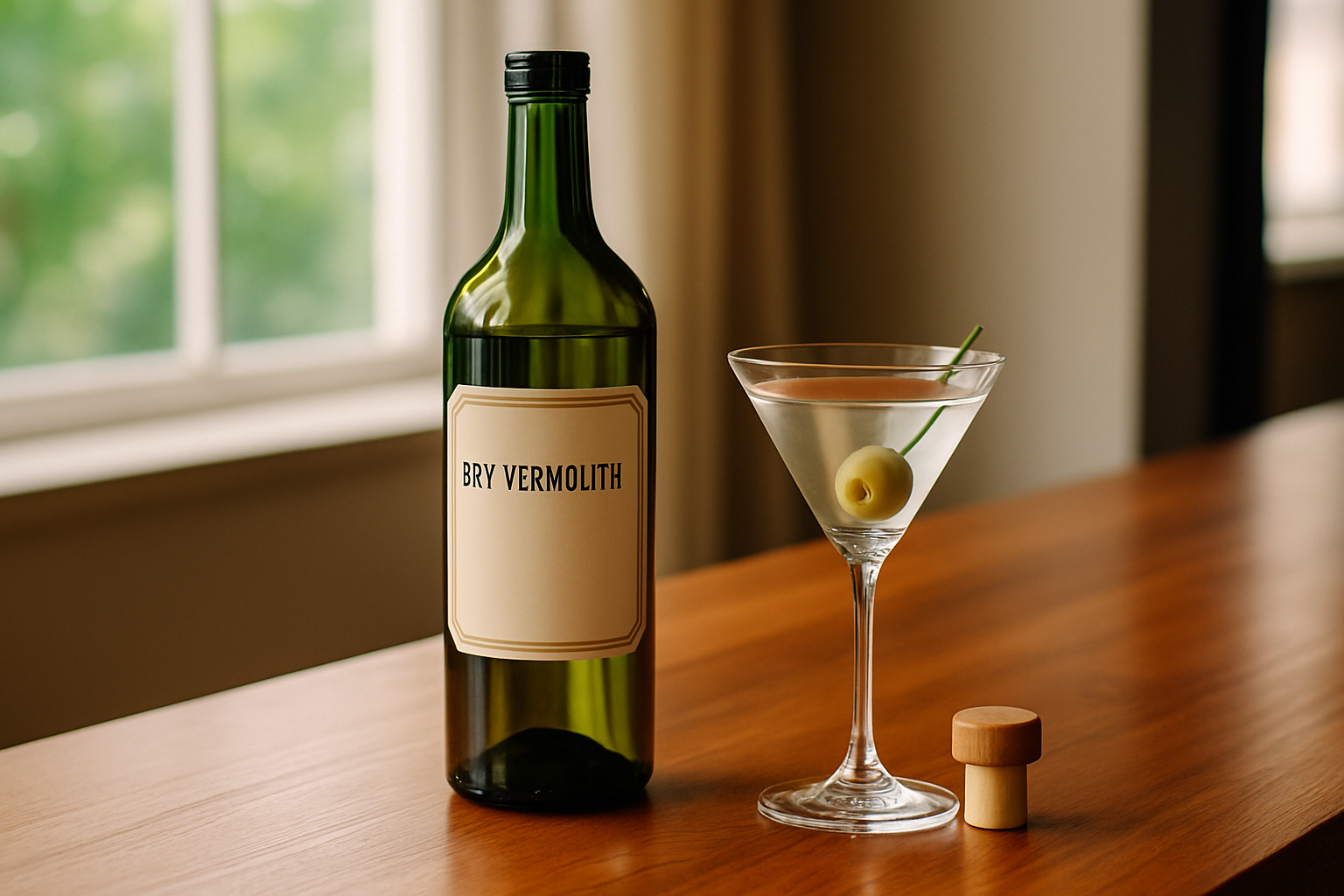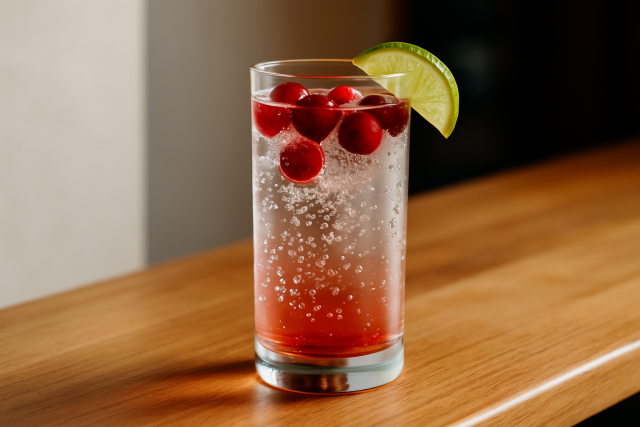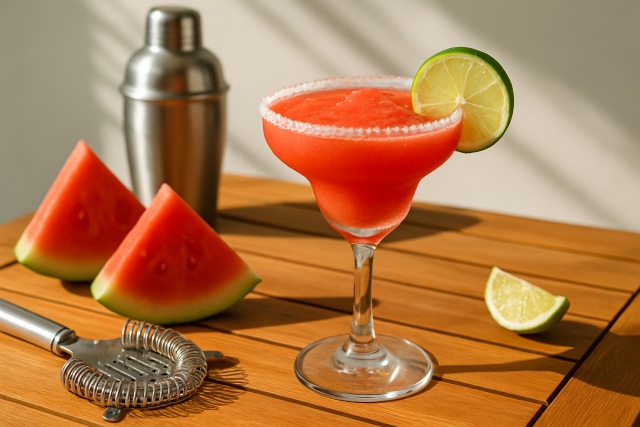Making the Perfect Cranberry Seltzer Vodka Mix
Discover a step-by-step guide to mixing the perfect cranberry seltzer vodka cocktail, including ingr...

Dry vermouth is a key player in classic cocktails like the Martini, Negroni and Manhattan—timeless drinks we all love. Even though it’s a staple in many home bars, many individuals aren’t sure how long dry vermouth keeps once opened, especially if they can’t stash it in the fridge. This article explains the timeline for dry vermouth without refrigeration. It also explores why it gradually changes its character over time and offers tips to help you keep that bottle fresh longer.
Dry vermouth is a fortified and flavored wine with roots in Italy and France. Essentially it’s white wine mixed with a neutral spirit to give it a kick in the alcohol department. Then it’s infused with botanicals like wormwood, chamomile and other herbs.
Dry vermouth contains alcohol, sugar and a delicate mix of herbal extracts that can change their tune when exposed to air, heat or light. These factors speed up oxidation and break down the flavors faster than you might expect. This means the vermouth loses its signature aroma and taste much sooner than spirits with higher alcohol content or simpler ingredient lists.
Unopened dry vermouth tends to hold up nicely for about 1 to 3 years at room temperature thanks to its fortified nature and sealed bottle. Once you crack it open, the flavor usually shines brightest for 1 to 3 weeks if you leave it unrefrigerated before it begins to lose its sparkle.
Several environmental and handling factors play a key role in how long dry vermouth keeps its charm outside the fridge. Oxygen exposure is the usual culprit because it speeds up oxidation and causes the flavor to slip away, leaving the vermouth spoiled. Temperature swings do not help either. They kick chemical reactions into high gear inside the bottle. Meanwhile, light exposure can break down the delicate botanical compounds that give vermouth its character.

A bottle of dry vermouth on a bar counter illustrating typical storage conditions.
Knowing when dry vermouth has gone bad is a useful skill to ensure your cocktails come out perfectly every time. Usually, your nose will tell you if something is off. If it smells sour or strange, that is a warning sign. The flavor might turn unexpectedly bitter or just taste off. If you see your vermouth looking cloudy or slightly discolored, it is likely past its best. Sometimes you might notice some sediment settled at the bottom. This could mean spoilage or simply the herbs behaving naturally.
When refrigeration isn’t an option, handling dry vermouth carefully is your best bet to keep it tasting fresh longer. Make sure the bottle is sealed tight and stored in a cool dark corner away from heat or sunlight. Transferring leftover vermouth into smaller containers helps limit its contact with oxygen.
Refrigeration works like a charm to slow down oxidation and curb microbial growth by keeping things cool. This helps preserve the flavor and aroma of dry vermouth. Once you pop the cork, bottles chilling out in the fridge usually stay fresh for 4 to 6 weeks. Leaving them at room temperature tends to cut that lifespan down to 1 to 3 weeks.
| Storage Condition | Unopened Shelf Life | Opened Shelf Life |
|---|---|---|
| Room Temperature (20-25°C) | 1 to 3 years | 1 to 3 weeks |
| Refrigerated (4-8°C) | About the same as room temperature | 4 to 6 weeks |
Note: Unopened bottles seem to hold up just fine whether you stash them in the fridge or leave them on the shelf, but when it comes to opened bottles, chilling them clearly gives you a much longer runway to enjoy them.
When dry vermouth starts to slip past its prime, the real worry isn’t safety but a noticeable dip in taste and aroma quality. Thanks to its alcohol content it doesn’t invite nasty microbial growth like you might find in dairy or fresh juices. So technically it’s still safe to sip even if it’s a bit past its best. Old vermouth can develop funky off-flavors and a certain bitterness and lose the lovely aromatic complexity that makes a cocktail sing.
Using expired dry vermouth won’t harm you, but it often tastes a bit flat and won’t do much to jazz up your drink. In the world of mixology, I’ve found that quality truly makes all the difference.
If you find yourself staring down a bottle of dry vermouth nearing its end, don’t just let it sit there sulking. Get creative and add it to cocktails or recipes. Classic drinks like the Martini or Gibson highlight vermouth’s delightful herbal notes and give them extra flavor. You can also sneak it into sauces, stews or marinades to add a subtle, sophisticated burst of flavor that might surprise your taste buds. Vermouth spritzers, which mix vermouth with soda and a splash of citrus, offer a refreshingly zesty twist.
23 posts written
Dashiell explores how cities shape human experience, combining architectural insights with sociological observations in thought-provoking pieces.
Read Articles
Discover a step-by-step guide to mixing the perfect cranberry seltzer vodka cocktail, including ingr...

Discover the calorie content of a watermelon margarita and how it stacks up against popular cocktail...

Celebrate the 4th with creative jello shots tailored to your party theme. From patriotic red, white,...

Unlock the secrets of gin and tonic taste balance by understanding botanicals, tonic characteristics...
